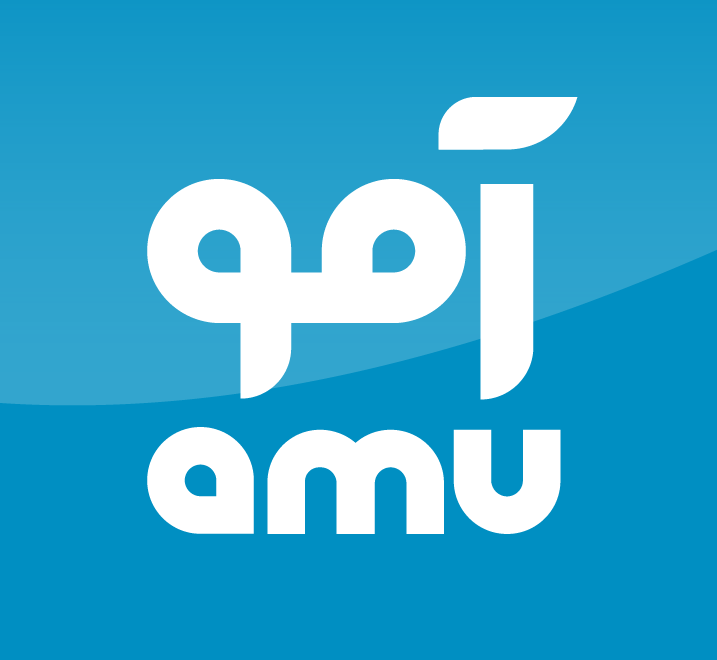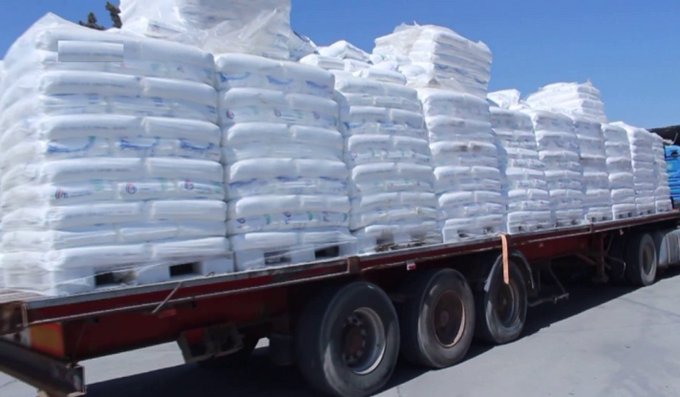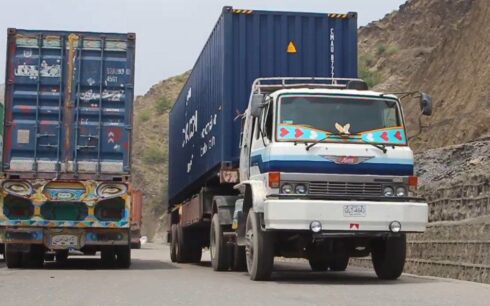TEHRAN — Faroud Asgari, the head of Iran’s Customs Administration, said that Afghanistan has become Iran’s fifth-largest export destination, with non-oil exports to its eastern neighbor reaching $1.6 billion in the first eight months of the current solar year.
In the first four months alone, Iran exported goods worth $724 million to Afghanistan, marking a 28 percent increase compared to the same period last year, Iranian media reported. Official statistics show that Iran accounts for 25 percent of Afghanistan’s import market, primarily exporting food products, dairy, and fuel.
Iranian trade officials have emphasized the importance of modernizing trade relations between the two countries to strengthen Iran’s foothold in Afghanistan’s markets. Speaking earlier this year, Iran’s trade attaché in Afghanistan underscored the need for new models of collaboration to enhance economic ties.
Hussein Roustayi, an official at the Iran Chamber of Commerce, Industries, Mines, and Agriculture (ICCIMA), highlighted Afghanistan’s heavy reliance on imports, noting that more than 80 percent of the country’s market needs are met through foreign goods.
“In the first four months of this year (March 21 to July 22), Iran exported over $724 million worth of goods to Afghanistan, a 28 percent increase compared to the same period last year,” Roustayi said during a discussion on trade opportunities organized by ICCIMA. He identified key exports as flour, oil, eggs, day-old chicks, medicine, medical equipment, and construction materials.
Roustayi also noted that Afghanistan’s improved security and centralized governance under the Taliban over the past two years have facilitated trade between the two countries.
New avenues for cooperation
Iran is seeking to diversify its trade relationship with Afghanistan beyond traditional goods. Roustayi emphasized the potential for investment in Afghanistan’s mining sector, renewable energy, and rail infrastructure, calling for a shift from conventional trade practices to more innovative collaborations.
He identified areas such as technical and engineering services, agricultural mechanization, smart farming, and infrastructure development as priorities for expanding bilateral cooperation.
Boosting non-oil exports to neighboring countries has been a cornerstone of Iran’s economic strategy in recent years. Iran shares borders—land or maritime—with 15 nations, including Afghanistan, Pakistan, Turkey, Iraq, and the United Arab Emirates, offering extensive opportunities for regional trade.




